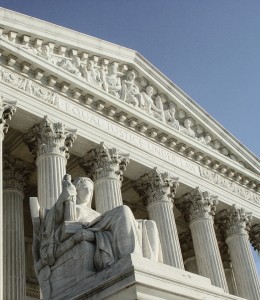Columbia Law Experts Weigh In on 2023 Supreme Court Rulings
Law School faculty and legal experts offer insights into the high court’s recent decisions.

As the U.S. Supreme Court issues rulings on questions ranging from copyright law to voting rights, the news media looks to Columbia Law experts for context and insights into the justices’ opinions. Explore some of the latest news featuring Law School faculty.
This story may be updated as news articles are published.

